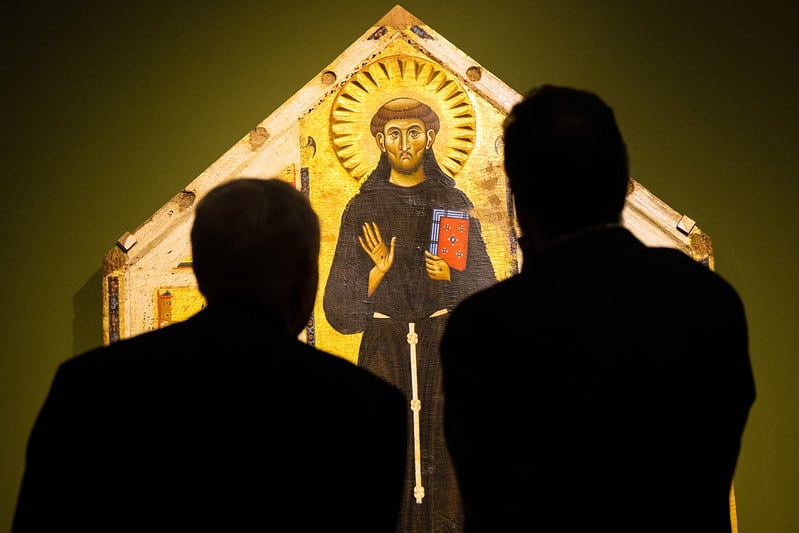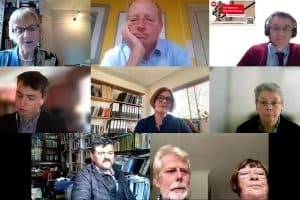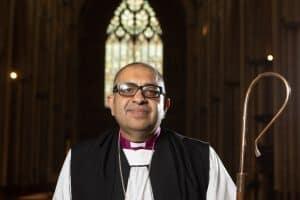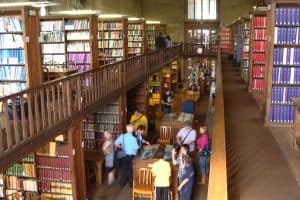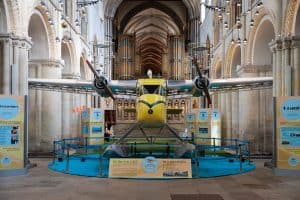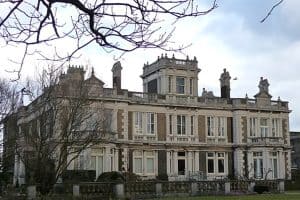By Angela Youngman
He is the 13th-century saint who embraced interfaith dialogue, loved the environment and created his own band of brothers.
No wonder, then, that Francis of Assisi appeals to people in the 21st century like no other medieval figure.
But Francis, canonised in 1228 two years after his death, has also fascinated artists and an exhibition, which opened this month at the National Gallery, London, explores the enduring inspiration of the man from an Umbrian hill town.
Gabriele Finaldi, director of the National Gallery, noticed some time ago that there were more paintings of Francis in its collection than another historical figure and many of these are part of the exhibition, including those by Sasseta, Botticelli, and Zurbaran.
The contemporary takes on Francis included in the show include a Marvel comic, interpreting him as a superhero, and sculpture by Antony Gormley.
There are works by English painter Stanley Spencer, Italian sculptor Giuseppe Penone and a new commission from Sir Richard Long, renowned English sculptor.
International loans such as Caravaggio’s Saint Francis of Assisi in Ecstasy, from the Wadsworth Atheneum Museum of Art, and Saint Francis and Saint Clare adoring the Christ Child in a Manger, by Josefa de Óbidos, from a private collection in Lisbon, are also included.
Born in late 1181, Francis was the son of an affluent silk merchant, who enjoyed the life of a playboy as a young man. But fine clothes, fine food and fine drink began to pall, and after a couple of stints as a soldier and an attempt to find himself as a pilgrim in Rome, he eventually returned to Assisi where his life changed dramatically after he had a vision.
His early biographers recalled that when he visited the church of San Damiano he heard a voice from the crucifix there, saying: “Repair my church.” He took this to mean not the building he was in, but the whole institution of the Catholic Church.
Then came years of being a wandering penitent, a rebuilder of chapels in the Umbrian countryside and a nurser of lepers. By 1209 he had founded his order of Franciscan friars, which spread rapidly and a sister order of nuns, the Poor Clares.
In 1219, during the Fifth Crusade, he travelled to Egypt to engage in dialogue with Sultan al-Malik al-Kamil, ruler of Egypt — an unheard-of initiative at the time.
By 1224 he had received what is called the stigmata — the wounds of the crucified Christ — something that many painters have depicted. They were also frequently drawn to his engagement with animals, from being with birds to reportedly persuading a wolf to stop attacking people if they in exchange fed it.
Dr Siobhan Jolley, one of the exhibition curators, said: “St Francis was very popular from the beginning, offering something that people could connect with, and there was a real interest in his life and the effect he was having. People were noting down what he was doing and we see this in contemporary records.”
Rather than being a linear exhibition, visitors enter a central space dominated by the 15th-century Sasseta panels showing the life of St Francis, before choosing which rooms radiating off it they wish to visit.
Manuscript texts, letters to Brother Leo, St Francis’s companion, and early works from the 13th century telling the story of St Francis highlight the interest with which he was regarded from the beginning. His story had massive appeal, with an estimated 20,000 images being created within a century of his death in 1226.
Other rooms deal with the mystical side of St Francis, showing him receiving the stigmata, and his spiritual inner life, as well as his love of the natural world summed up in the Canticle of the Sun Brother Sun and Sister Moon, which he composed.
An unusual work by Penone — an exponent of Arte Povera, in which artists create from humble materials — reveals a smaller tree emerging out of a larger tree trunk, exposing the core amid the natural rings and branches of the tree.
Francis’s links with St Clare, who accepted poverty to found the Poor Ladies of St Damiano, raises the question of what it meant to be a radical in medieval times. Unusually for the period, St Clare was a woman able to hold her own against attempts by the Vatican to make her monastic establishment more conventional after the death of Francis.
Among the linked events during the exhibition are talks about art and how it is used in the service of faith, as well as a discussion exploring the achievements and future of interfaith dialogue.
The exhibition considers how faith and art work together. Dr Jolley says: “These are works of art with a religious context, and many may have been painted originally for private devotion or displayed in churches and cathedrals. Now we have to look at them in the context of a museum, art gallery environment and show how religious ideas can be portrayed within an architectural setting.”
She continued: “The aim has been to make sure everyone can engage with St Francis. It doesn’t have to be a particular devotion and is more than an account of a man with a faith that transforms people. Some people might have more interest in the art itself, not just St Francis as a role model but as a way of encouraging people to explore ideas and concepts.”
The exhibition contains a relic of St Francis on loan from the Basilica of Santa Croce, Florence — a fragment of knotted rope and rough brown cloth from his habit.
An ivory horn on a chain recalls his meeting with Sultan al-Kamil. Despite having no common language, St Francis was able to express universal kinship without religious argument during their meeting.
Dr Jolley says: “The horn was originally used to call people to prayer and was given to St Francis by Sultan al-Kamil, as a gift to enable him to call for help if needed when travelling.
“Francis met the sultan during the Crusades, the first Christian to successfully reach out to the Muslim world across the divide and simply talk, and return safely. It shows how Francis reached out to others, no matter what their background and belief. It is said that a level of affection was reached between the two men, and the horn was a symbol of this.”
St Francis has become a saint for all times and seasons, possessing an appeal particularly relevant in today’s world, providing a message that resonates among all faiths and none.
Dr Jolley says: “People relate to St Francis due to his environmentalism, the way he engaged with others, his love of animals, his love of the world around him, his ability to reach out to people who were not Christian and had a different view of the world.”
St Francis of Assisi runs at the National Gallery until 30 July, Entry is free.
(Additional research by Catherine Pepinster)

